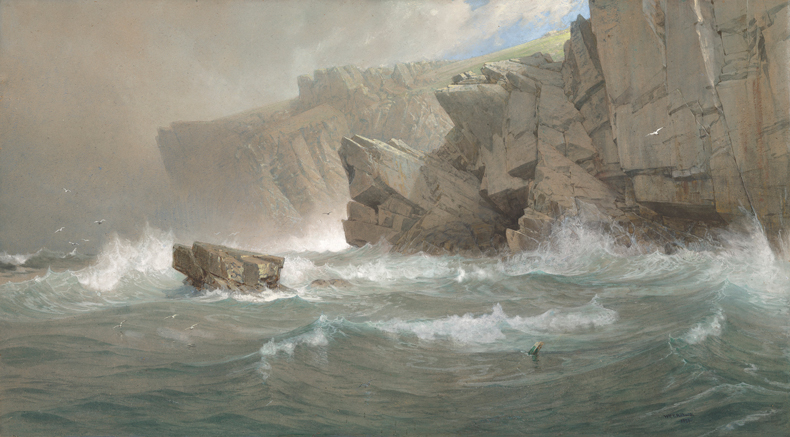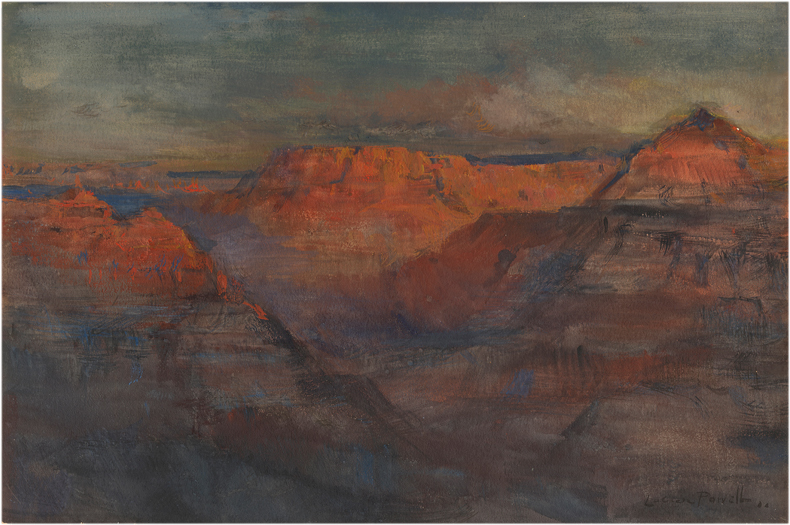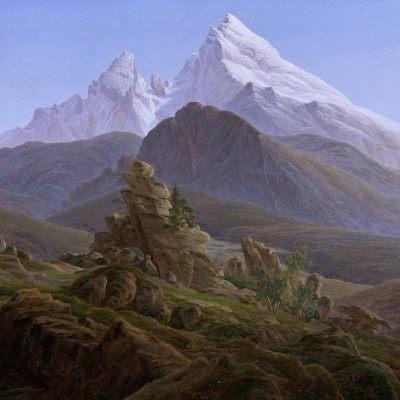The banker William Wilson Corcoran was one of the first collectors of American art and he insisted on sharing it with the public. In the 1850s he made the picture gallery in his home available to visitors several days a week and eventually set up the Corcoran Gallery of Art in 1869, across the street from the White House. When the museum become financially unviable and closed in 2014, the National Gallery of Art acquired almost half of its 19,000-object collection. This included antiquities, sculptures, prints, photographs and an array of striking landscapes, which form the focus of this exhibition (until 1 February 2026). Arguably the most arresting work of the 30 on display is Winslow Homer’s Hudson River, Logging (1891–92), which captures two men in the shallows of a river admiring the verdant valley around them; other highlights include Alma Thomas’s Winter Shadows (1960) and Donald Holden’s atmospheric Yellowstone Fire XIX (1991), both of which verge on the abstract.
Find out more from the NGA’s website.
Preview below | View Apollo’s Art Diary






